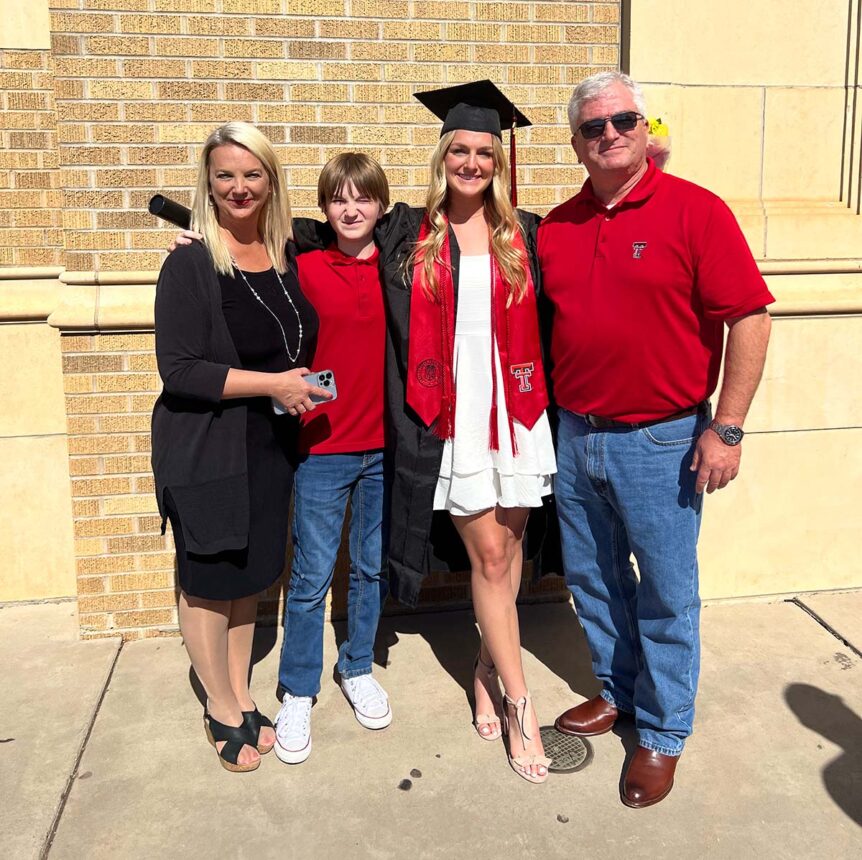This weekend I had the pleasure of watching my oldest child graduate from Texas Tech University. After graduation, we spent time mingling with a few of her fellow graduates. And I was surprised to learn that some of them did not want to pursue a career in the degree they had just received. Upon further inquiry, I learned that they had picked their field of study based on someone they knew or something they thought they would like but not necessarily something they really understood or had a passion for.

I could not help thinking about the conversation that many of us industry veterans are having these days—how can we do more to educate young people on what our industry has to offer?
The NAHB has several good blog posts and articles on the subject. One such post entitled “3 Reasons Teens Don’t Consider Careers in The Skilled Trades – Even Though They Should” offers the following guidance when speaking with young people about our industry:
Advertisement
- Share that skilled trades can pay more than jobs that require a four-year degree and experience (and because some skilled trades offer paid apprenticeships, earnings potential can begin quickly).
- Speak positively about considering a career in a skilled trade.
- Supplement the educational system’s messaging about college opportunities with a discussion about it not being the right path for everyone.
This particular article credited NAHB’s workforce development communication partner, Generation T, with some of its content. Their website, www.wearegenerationt.com, is particularly insightful beginning with a mission statement about connecting people with an estimated 3 million job openings among the skilled trades by 2028. In addition to a solid job board, the site offers very detailed job descriptions of various skilled trades with commentary on salary potential, the skills needed, the job outlook through 2029 and more.
The Generation T website also had a Trade Skills Assessment, which I was curious about and decided to take myself. After answering all of the questions, the algorithm concluded that I was best suited to be a carpenter.
The test offered the following definition for a carpenter: “The mark of a great carpenter is attention to detail and creativity, which you have in abundance. You also enjoy working with a team on a project such as building a new home, have an interest in mathematics, and the ability to visualize abstract concepts such as a room that has not been built. All these traits build a great framework for an exciting career as a carpenter.”
Guess what, based on that definition, I might be a carpenter. I recommend sharing this Trade Skills Assessment tool with young people in your life who are considering the options for their future.
I also encourage you to review NAHB’s guidance document entitled “Be a Workforce Development Champion.”
The checklist in this document encourages you to think about what more we can do to promote our industry. Suggestions range from volunteering at schools to offering paid internships to hosting students at job sites.
On that note, I would like to extend a special thank you to Airia Development Company, Caldwell Companies, DR Horton, Friendswood Development Company, Hillwood Communities, Howard Hughes Corporation, and Land Tejas for graciously hosting several students at GHBA’s Midyear Forecast luncheon last month.

